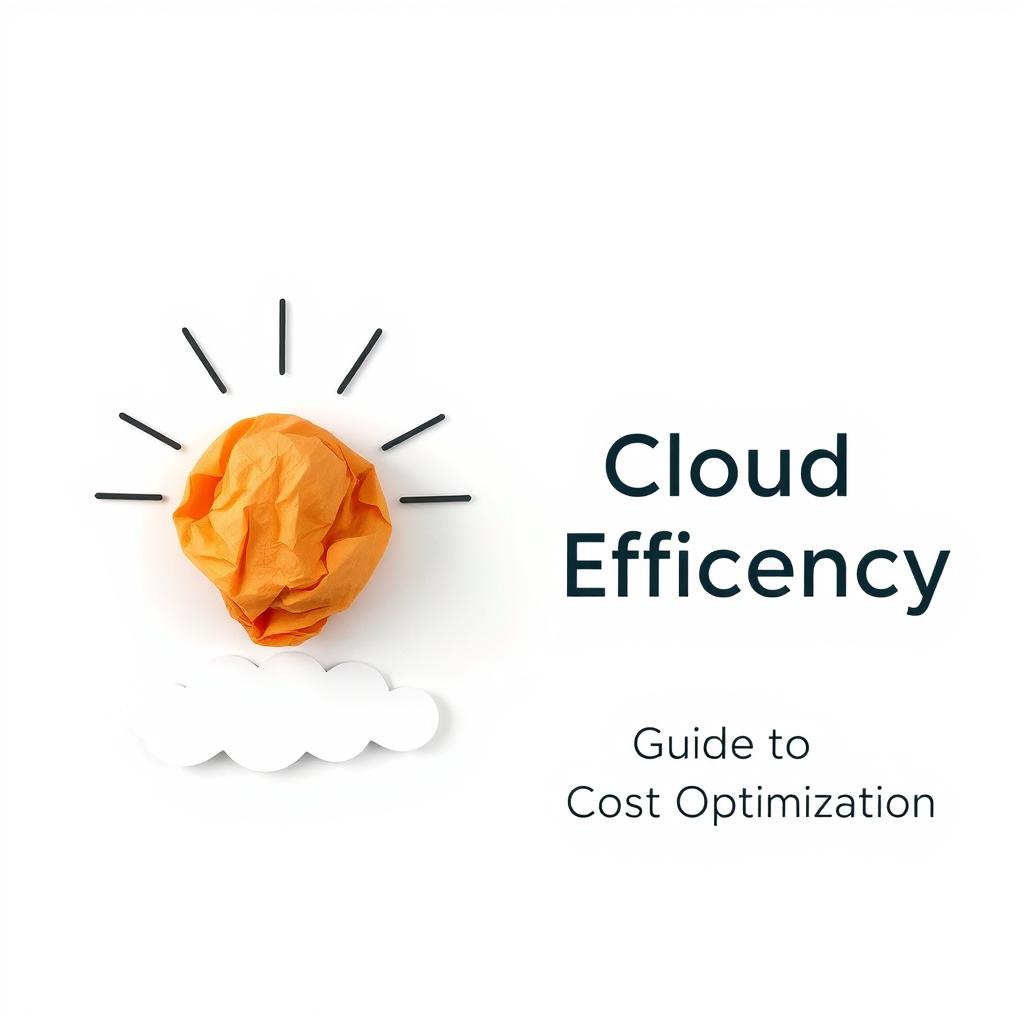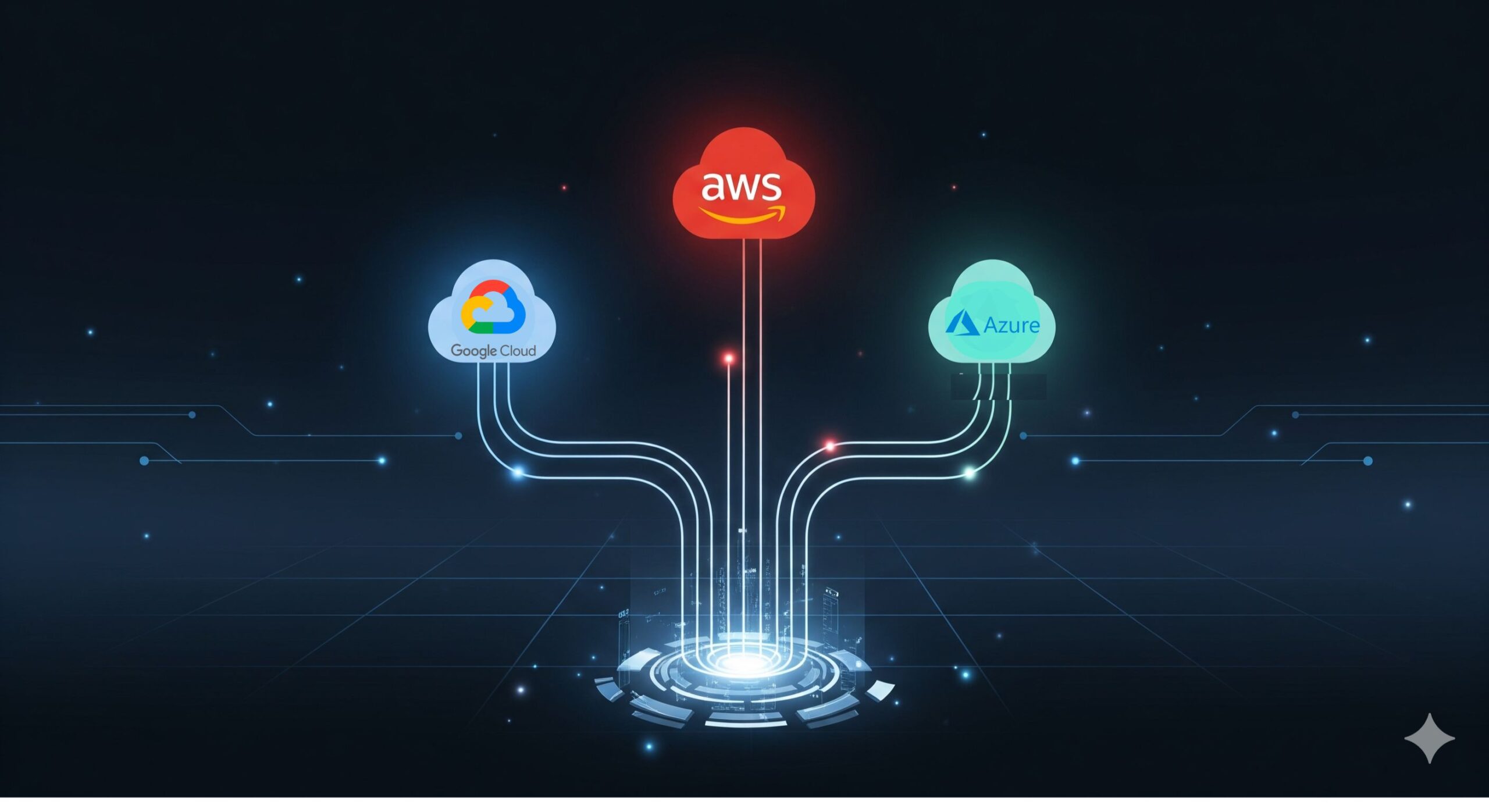
Transcloud
October 9, 2025

October 9, 2025
As enterprises scale their AI and machine learning (ML) ambitions, GPU costs have emerged as one of the biggest line items on the cloud bill. According to IDC, global AI infrastructure spending is expected to reach $191 billion by 2026 [IDC, 2023]. Yet much of this investment is wasted—it is found that up to 30% of GPU resources remain underutilized due to poor allocation and overprovisioning.
The solution? Smarter scaling for both training and inference workloads—using rightsizing, automation, and financial discipline to cut costs without sacrificing performance.
One of the most common inefficiencies is applying the same GPU configuration to both training and inference. Training large language models (LLMs) may require A100s or H100s, while inference tasks can often run effectively on smaller or cheaper GPUs. By tailoring GPU instance selection to workload type, organizations can cut costs by 25–30% AWS
AI workloads are highly variable—training jobs spike demand, while inference usage fluctuates with traffic. Using Kubernetes GPU autoscaling, enterprises can dynamically provision GPUs only when required. Cerebras reports that autoscaling reduces GPU costs by 20–35% in production environments [Cerebras, 2024].
All three major cloud providers offer discounted GPUs: AWS Spot Instances, Azure Low-Priority VMs, and Google Cloud Preemptible GPUs. These options slash compute costs by 60–70% compared to on-demand pricing [AWS, Azure, GCP Docs]. Stability AI reported saving millions annually by shifting large-scale training jobs to spot GPU capacity [Stability AI, 2023].
GPU costs don’t only depend on compute—they’re often bottlenecked by data loading. NVIDIA estimates that up to 40% of GPU cycles are wasted due to data pipeline inefficiencies [NVIDIA Developer Blog, 2023]. Optimizing data flow with vector databases, caching layers, and faster storage tiers ensures GPUs stay fully utilized.
Financial discipline is as important as technical optimization. The FinOps Foundation found that applying cloud financial operations (FinOps) to GPU-heavy workloads helps organizations save up to 25% annually [FinOps Foundation, 2024]. When combined with AIOps-driven monitoring, teams can spot underutilization and scale down automatically.
Beyond infrastructure, model-level optimization can drive huge savings. Google Cloud shows that mixed precision training boosts throughput by 30%+ without loss of accuracy [Google Cloud, 2023]. Similarly, quantization and knowledge distillation reduce inference GPU requirements, enabling cheaper deployments at scale.
Flexera reports that 59% of enterprises adopt multi-cloud partly to optimize costs [Flexera, 2023]. By comparing pricing across AWS, Azure, and GCP, and strategically distributing workloads, companies avoid vendor lock-in and ensure the most cost-effective GPU allocation. To know more
GPU costs will only rise as AI adoption accelerates, but enterprises that embrace smarter scaling, FinOps discipline, and workload-aware GPU allocation can achieve 30–40% savings while still delivering high-performance AI. The choice is clear: optimize now, or risk being priced out of the AI race.


